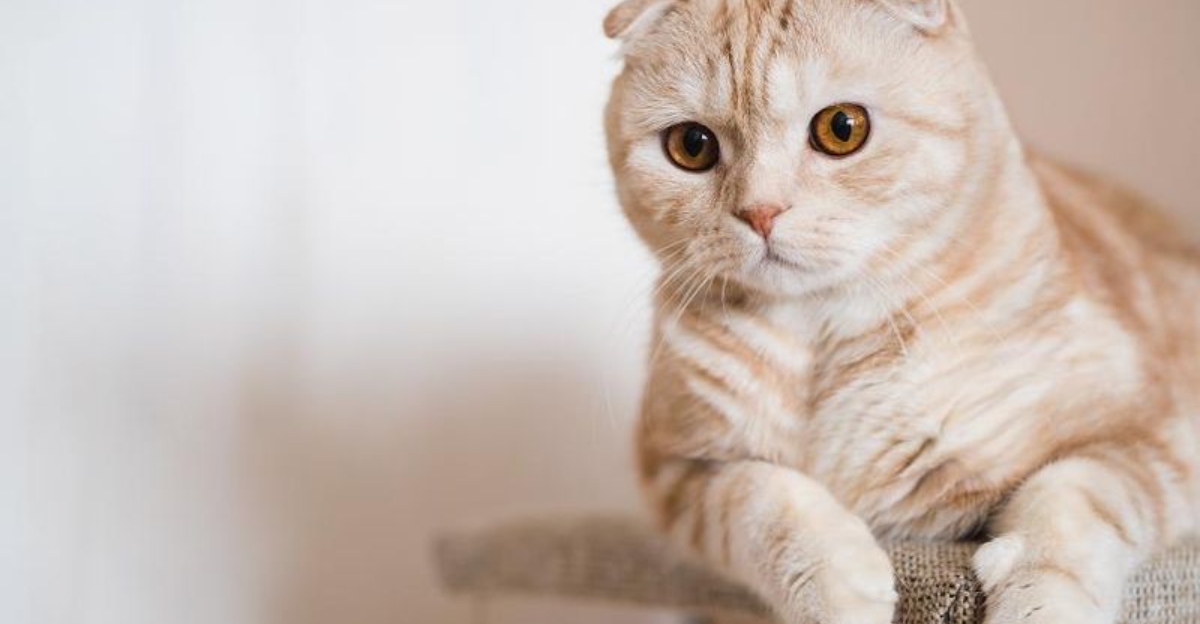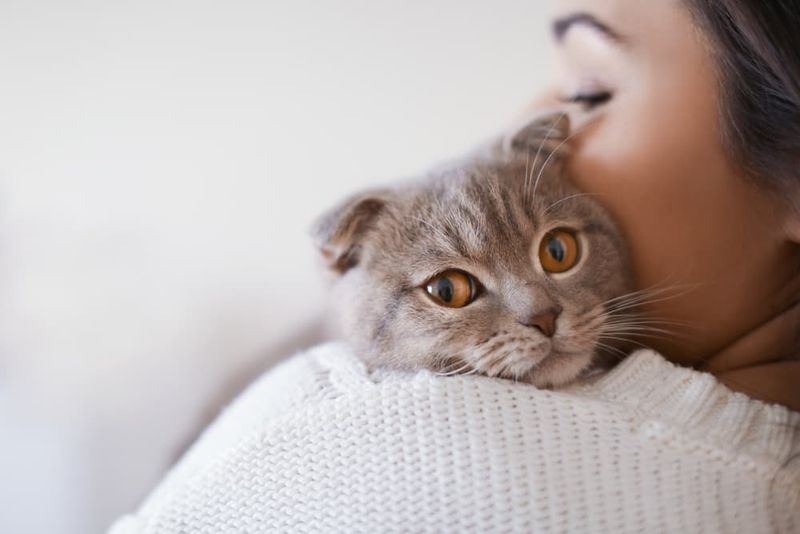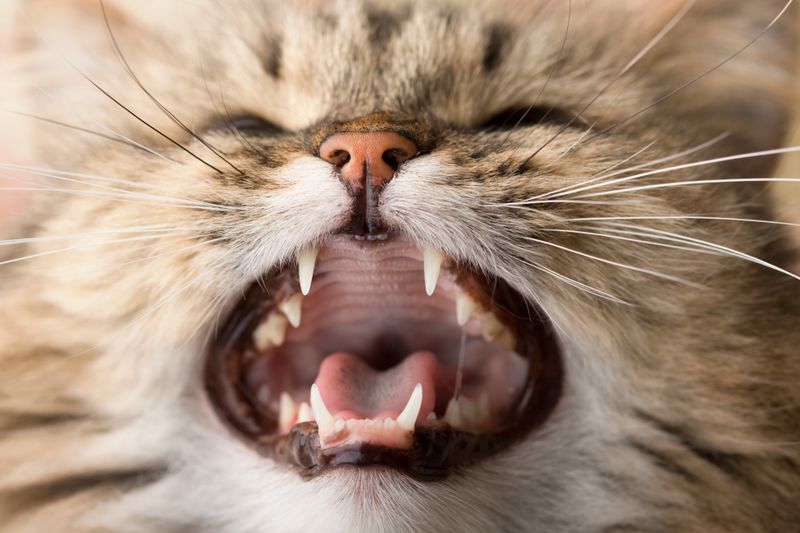📖 Table of Content:
Scottish Fold cats, with their distinctive folded ears and sweet, round faces, are one of the most beloved breeds among feline enthusiasts. But behind their charming appearance lies a unique set of health needs that every responsible owner should be aware of. Their genetic makeup, while contributing to their adorable look, also predisposes them to certain medical conditions that can impact their quality of life if left unchecked.
Owning a Scottish Fold requires more than providing a cozy bed and premium cat food—it demands a proactive approach to veterinary care. Regular checkups are crucial not only for early detection of breed-specific disorders but also for ensuring your cat remains vibrant and pain-free throughout its life. Knowing which specific exams to prioritize can make all the difference in preventing complications down the road.
In this article, we’ll explore seven essential vet checks that every Scottish Fold owner should schedule. From orthopedic assessments to routine lab work, each plays a vital role in maintaining your cat’s overall well-being. Understanding the “why” behind these visits empowers you to be a more informed and effective guardian for your feline friend.
1. Orthopedic and Skeletal Examinations
Given the breed’s genetic susceptibility to osteochondrodysplasia, orthopedic evaluations are perhaps the most critical component of veterinary care for Scottish Folds. These checks involve assessing the integrity of the bones and joints, especially in the legs, spine, and tail, where deformities and stiffness often manifest first. A cat may initially seem to move normally, but subtle signs like reluctance to jump or sensitivity when handled can indicate underlying problems. During these exams, veterinarians may use X-rays or palpation techniques to pinpoint areas of discomfort or abnormal development. Detecting skeletal issues early enables interventions like pain management or lifestyle modifications that improve mobility. Without these checkups, minor stiffness can escalate into debilitating pain that significantly diminishes a cat’s quality of life. Therefore, scheduling orthopedic evaluations annually—more often if symptoms appear—is essential for this breed.
2. Ear Health Checkups
Infections can silently develop within the charming folds of a Scottish Fold’s ears, which is why thorough inspections during vet visits are a must. Unlike straight-eared cats, Scottish Folds have limited air circulation in the ear canal, making it a breeding ground for bacteria and yeast. Vets will examine the ears for excessive wax, redness, swelling, and unusual odor, all signs of possible infection or mite infestation. If left untreated, such conditions can lead to chronic pain and even hearing loss. Regular ear cleaning at home, guided by a vet’s recommendation, complements clinical checkups and helps keep issues at bay. Owners should never insert cotton swabs or cleaning tools deep into the ear, as this can cause damage. Instead, focus on gentle, surface-level maintenance between professional assessments.
3. Cardiac Screening
Heart health is an often-overlooked aspect of feline care, but it takes on increased importance with breeds like the Scottish Fold. These cats may develop hypertrophic cardiomyopathy, a thickening of the heart walls that can lead to reduced cardiac function or sudden heart failure. During routine checkups, vets may detect a murmur or abnormal rhythm that warrants further investigation through an echocardiogram or other imaging. Early detection is key—while this condition can’t be cured, it can be managed with medication and monitoring. Even seemingly healthy cats can harbor silent heart issues, making regular screenings vital. These exams are especially important for senior cats or those with a known family history of cardiac disease. With timely intervention, many cats can lead normal, active lives despite a heart condition.
4. Dental Examinations
Maintaining dental health is essential not just for fresh breath but also for preventing serious systemic illnesses in Scottish Folds. Plaque buildup can lead to gingivitis, tooth decay, and infections that may spread to other organs if untreated. Vets conduct dental exams by inspecting the teeth and gums for signs of inflammation, recession, or damage. Periodic cleanings under anesthesia might be recommended to address tartar buildup beyond what at-home care can manage. Unchecked dental disease can lead to pain while eating, behavioral changes, and eventual tooth loss. Owners should consider daily or weekly brushing with cat-safe toothpaste and routine vet visits for dental checkups. Establishing good oral hygiene early helps avoid complications and costly treatments later on.
5. Ophthalmic (Eye) Assessments
Clear, healthy eyes are a strong indicator of a cat’s overall wellness, and Scottish Folds are no exception. These cats may experience excessive tear staining or be genetically predisposed to retinal problems. Eye assessments include checking for cloudiness, discharge, squinting, and responsiveness to light—all signs that could point to infection, injury, or degenerative disease. In some cases, additional tests like retinal imaging are performed to assess deeper structures within the eye. Prompt detection of vision issues can help prevent long-term damage or blindness. Cleaning the corners of the eyes gently with a damp cloth can help manage minor discharge between vet visits. With consistent monitoring and timely treatment, most ocular problems can be effectively managed.
6. Weight and Nutrition Monitoring
Body weight has a direct impact on your cat’s joint health, energy level, and overall longevity. Scottish Folds, being typically calm and sedentary, are especially prone to gaining excess weight. At each vet visit, weight is recorded and compared to previous measurements to detect any significant changes. A body condition score helps assess whether the cat is overweight, underweight, or just right. Based on this, the vet may suggest adjustments in diet, portion size, or activity level to keep the cat in a healthy range. Obesity exacerbates existing skeletal issues, so managing weight is not just about appearance—it’s about quality of life. Incorporating play sessions and food puzzles into daily routines can boost activity. With proper diet and exercise, weight-related problems can be avoided entirely.
7. Routine Blood Work and Urinalysis
Beneath a healthy exterior, silent threats like kidney disease, liver dysfunction, and diabetes can be brewing undetected. Routine lab tests, including blood panels and urinalysis, help catch these issues early, often before symptoms appear. These tests analyze organ function, blood sugar levels, and other vital metrics, giving vets a comprehensive view of internal health. Particularly in older cats, early intervention can extend life expectancy and improve daily comfort. Even in young, seemingly healthy cats, establishing baseline values can help detect subtle changes in future exams. Annual or biannual testing is usually sufficient, but more frequent monitoring may be necessary if your cat has a chronic condition. In the long run, these tests provide peace of mind and can make the difference between catching a problem early or facing a crisis later.







